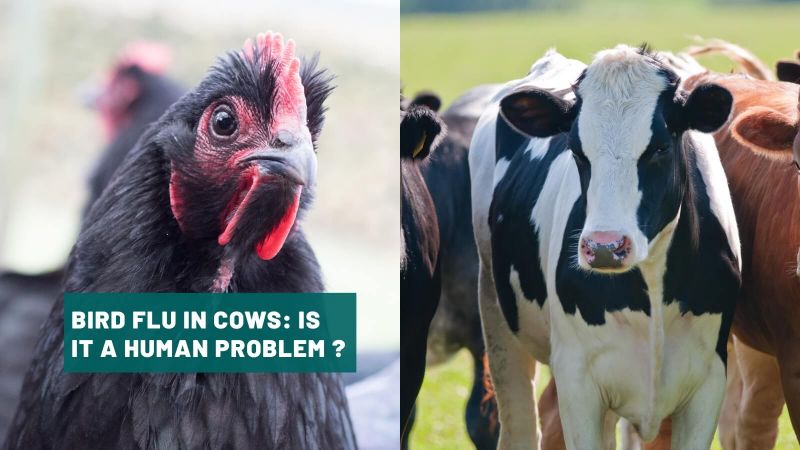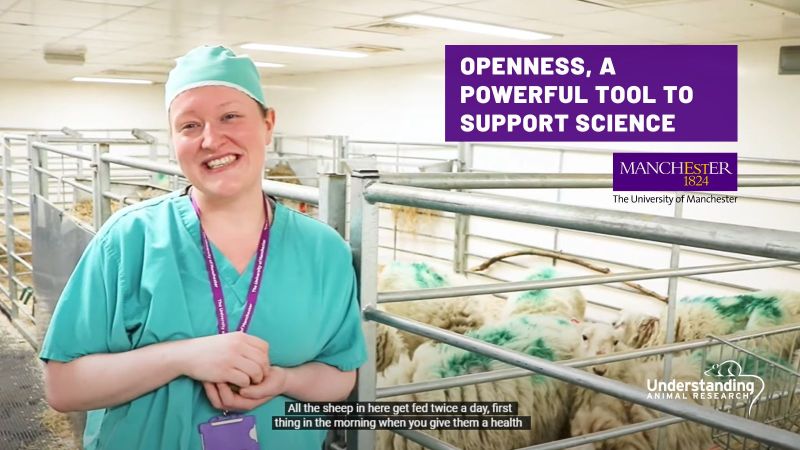Monkeypox
What is monkey pox?
Monkeypox is an illness caused by an orthopox virus, the family of viruses that includes smallpox. Monkeypox is a viral zoonotic infection, meaning that it can spread from animals to humans. It can also spread from person to person. Monkeypox spreads through close contact with someone who has a monkeypox rash, including through face-to-face, skin-to-skin, mouth-to-mouth, or mouth-to-skin contact, including sexual contact. In most cases, symptoms last for two to three weeks and usually go away on their own or with medical treatment. In some cases, monkeypox virus can be fatal.
Monkeypox is particularly concerning for new-born infants, young children, and people with underlying immune deficiencies as these people may be at risk of more serious symptoms, including death.
People who were vaccinated against smallpox may have some protection against monkeypox due to the close resemblance of the viruses. However, routine vaccination against smallpox stopped in most places after it’s eradication in 1980.
For more information about the symptoms, transmission, and general information on what to do if you contract monkeypox go to the World Health Organization’s website.
The first case of monkeypox
The monkeypox virus was first documented in Denmark in 1958 during an outbreak among research monkeys (cynomolgus macaques) that were being used for polio-vaccine related research. It is believed that these monkeys caught the virus from a source in Africa before being transported to Denmark.
Despite its name, which suggests that monkeys are the original host of the virus, scientists have yet to pinpoint the specific animal reservoir of monkeypox. To date, monkeypox has been found in many animal species including, squirrels, Gambian giant rats, striped mice, dormice, and primates.
The first recorded case of monkeypox in humans was in the Democratic Republic of the Congo (then Zaire) in 1970, and all subsequent cases to date have been linked to the virus spilling over from animals in Africa.
Research into monkeypox
Research into monkeypox has mainly focused on repurposing vaccines and treatment that were developed to tackle smallpox. At this time the smallpox vaccine is licenced for use as a preventative against monkeypox, in the United Kingdom.
According to the UK Government's website "Antiviral drugs such as cidofovir, and tecovirimat can be used to treat monkeypox patients with severe disease or those who are at high risk of severe disease. Vaccination against smallpox can be used for both pre and post-exposure and is up to 85% effective in preventing monkeypox." We will be updating this webpage with more information on the animal research behind these drugs in due course.
Smallpox and the smallpox vaccine
Smallpox is a deadly disease caused by the variola virus, it is part of the orthopox family of viruses, the same virus family as monkeypox. Smallpox is the only disease that we have successfully eradicated from Earth, thanks to widespread vaccination. Before the eradication of smallpox, one in ten people would die from it and one in four people were crippled or disfigured after surviving the initial disease.
Because smallpox and monkeypox arise from the same family of viruses, they are genetically similar, meaning that the smallpox vaccine provides some immunity against monkeypox. At this time, it is one of our main methods of defence against monkeypox.
The smallpox vaccine was the first successful vaccine to be developed by humanity and marks a major milestone in modern medical research. In 1798, Edward Jenner used people with smallpox to test and develop the smallpox vaccine. Human lymph tissue, taken from patients who already had immunity, was used to make the vaccine, but the occasional transmission of syphilis and there not being enough human tissue available to combat an epidemic, led to the use of animals to prepare the vaccine.
Various animal species were used to create vaccine material (infected tissue) including horses, mules, goats, and rabbits. However, in the 1970’s calves were chosen as the most appropriate animal to use for preparing the vaccine material. Rabbits were used to see how potent the prepared virus was, and mice have also been used to ensure the absence of tetanus bacilli, before the advent of modern-day tetanus tests.
Animal research and monkeypox
Monkeypox is a zoonotic virus, meaning it can pass from animals to humans. It has been found in a wide range of animals including rope squirrels, tree squirrels, Gambian pouched rats, dormice, and some species of monkeys. Due to the zoonotic nature of monkeypox, research has been carried out in captive and wild populations of animals. When dealing with zoonotic diseases it is important that the animal reservoir or host is identified, in order to mitigate the spread of the disease. If we don’t know where the virus came from then we will have a difficult time containing it. Unfortunately, the species of animal that served as the original host to the virus has not yet been identified.
Imvanex vaccine
In the UK, EU, and USA, the main line of defence against monkeypox is the Imvanex (also known as JYNNEOS) smallpox vaccine. At the time of publication, vaccines against monkeypox have been offered to at risk groups through the NHS. Because both viruses share so many similarities, the smallpox virus has so far been effective at controlling the spread of monkeypox.
Animal tests were required before the Imvanex/JYNNEOS vaccine could be given to humans in clinical trials, this is a process that has been applied to almost every modern vaccine and is required by the Medicines Act 1968 and guided by Animals (Scientific Procedures) Act, 1986 . Other relevant laws can be found here.
Monkeys were used to test how effective the Imvanex vaccine is at preventing smallpox. This is achieved through a challenge study which involves vaccinating the animal, waiting a specified interval to give the vaccine time to take effect, and “challenging” the vaccine by exposing the animal to what should be a deadly amount of virus. Imvanex successfully protected all monkeys in the trial from death, including exposure through intravenous (injection) or intratracheal (inhalation) routes. Monkeys were also used to determine the dosage of vaccine required for effective protection.
Part of the reason that we know the smallpox vaccine works against monkeypox is because the vaccine was tested on monkeys in pre-clinical development. There are multiple viral diseases that have a primate version and a human version (such as HIV and SIV); monkeypox and smallpox are essentially the same virus but they each target a different species. When testing the efficacy of Imvanex, monkeys were infected with monkeypox, which was considered similar enough to smallpox to provide meaningful data.
Mice were also used to test the efficacy of Imvanex through challenge study and to determine how much vaccine is required to provide protection. Mice were challenged with the vaccinia virus Western Reserve (VV-WR), a less deadly form of poxvirus.
Sources
https://www.who.int/news-room/questions-and-answers/item/monkeypox
https://www.ecdc.europa.eu/en/all-topics-z/monkeypox/factsheet-health-professionals
https://www.animalresearch.info/en/medical-advances/diseases-research/smallpox/
https://www.ncbi.nlm.nih.gov/pmc/articles/PMC1200696/



